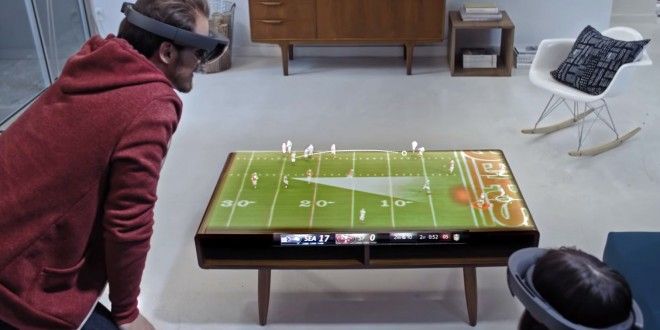
In recent years, there has been a significant rise in the popularity of both augmented reality (AR) and sports simulation games. Augmented reality technology has taken gaming to a whole new level, allowing players to immerse themselves in virtual environments that blend seamlessly with the real world. With the advancement of technology, the integration of augmented reality in sports simulation games has revolutionized the way we experience digital sports!
1. Enhanced Gaming Experience
The integration of augmented reality in sports simulation games has brought a new level of realism and immersion to gamers. By overlaying computer-generated graphics onto the player’s real-world environment, AR enhances the gaming experience and creates a sense of authenticity. Gamers can now play their favorite sports games in their own homes or on the go, feeling as though they are right there on the field, in the stadium, or on the court.
Imagine playing a basketball simulation game where you can see virtual players running, jumping, and shooting hoops right in your living room. With augmented reality, the game adapts to your surroundings, making you the center of the action. This level of immersion not only adds excitement but also leads to a more engaging and interactive gaming experience.
2. Real-Time Analytics
One of the most significant advantages of integrating augmented reality in sports simulation games is the ability to provide real-time analytics. Players can receive instant feedback on their performance, allowing them to improve their skills and make better decisions throughout the game. By superimposing stats, performance metrics, and coaching tips directly onto the player’s field of view, AR empowers gamers with invaluable information that can help them excel.
For example, imagine playing a soccer simulation game where you can see your passing accuracy, running speed, and even real-time heart rate overlayed on the field as you play. This visual feedback not only enhances the gaming experience but also enables players to analyze their performance and make strategic adjustments on the fly.
3. Multiplayer Interaction
The integration of augmented reality in sports simulation games has also made multiplayer experiences more immersive and realistic. With AR, players can compete against friends, family, or even strangers in virtual sports matches, regardless of their physical location. The technology allows for realistic player tracking and object recognition, making multiplayer interactions more intuitive and competitive.
Imagine challenging a friend to a virtual tennis match, both of you seeing virtual rackets and tennis balls bouncing back and forth in your respective environments. The integration of augmented reality in sports simulation games breaks down barriers, bringing people together to enjoy competitive experiences, even when separated by distance.
Conclusion
The integration of augmented reality in sports simulation games is transforming the way we perceive and interact with digital sports. It enhances the gaming experience, provides real-time analytics, and facilitates multiplayer interactions. As technology continues to evolve, we can expect even more immersive and realistic sports simulations in the future. Whether you’re a sports enthusiast or a casual gamer, the integration of augmented reality in sports simulation games offers an unparalleled level of excitement and engagement!


